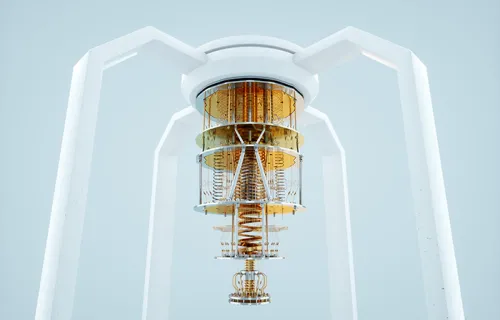Operational Technology (OT) is not new, but the increase in the use of Internet of Things (IoT) devices means there are substantial new opportunities for organisations to deliver operational efficiency and value.
Today, OT is being implemented in numerous ways, across many use cases and sectors. This highlights the huge opportunity available to organisations who need to tackle operational problems; but with so many choices and technologies, it is difficult to know how and where to start. The problem I see most organisations currently facing is how do they navigate their way through the vast array of products and applications to exploit these opportunities and get insights they can act on?
The evolution of OT
OT is computer hardware and software that detects and causes change by monitoring and controlling equipment; this equipment is typically distributed throughout a network.
It has evolved rapidly over the last few years, with cheaper and much more powerful processors using less power, allowing devices to solve more complex problems on ‘the edge’. Due to recent advances in Artificial Intelligence (AI) and Machine Learning (ML), OT now allows huge amounts of data to be processed onsite, with the result sent upstream (typically into the cloud). This means problems can be solved using devices already deployed in the field, in real-time, located physically next to the problem.
Processing data at the point where it is needed
Edge computing is computing that is done at, or near the source of that data. By running your OT ‘on the edge’, you remove the need for the high bandwidth communication infrastructure traditionally required to send the data to be processed in the cloud or at another site.
Processing data on the edge can save a lot of time and money if you need to process large amounts of data. For example, suppose you needed to run video application analytics from 4K cameras at a high resolution. That is a lot of data to send upstream to be processed, creating both storage and cost issues. However, by using edge-computing OT, all that processing can be done within the device, and only the insights need to be sent upstream, saving your business storage, time, and costs.
The future of OT
The early industry adopters were utilities and transport companies who could quickly benefit from being able to process the information at distributed, and often remote, locations using simple camera and sensor setups. However, with the advances in AI and ML, and the networking of cameras and IoT sensors, we are now seeing adoption across a much broader range of sectors. For example, Healthcare, Smart Cities and Connected Communities are implementing OT to improve the lives and wellbeing of citizens.
I think the next steps will be the continuation of creating networks of devices to solve all kinds of problems on the edge. For example, here at CGI we have created CGI Machine Vision, which allows our clients to perform advanced processing in the camera. We can network that together with many devices to monitor all kinds of operations, from wastewater treatment plants and smart water meters to supporting entire Smart Cities. By combining these devices, we can ensure that all key infrastructure (things like sewers, bin collections, and other citizen services) run efficiently and effectively.
The future will include combining insights from OT with AI and ML in order to be able to predict incidents before they happen, resulting in the insights delivered by OT allowing the forecasting and prevention of events. This will mean being able to plan the right investments to maximise both operational performance and customer satisfaction.
The thing I personally am most excited about is how OT will enable smart and connected organisations, places, and communities of the future. With the current pervasive nature of IoT in society, and the developments in AI and Advanced Analytics, I am convinced it will be a key tool in delivering better health outcomes, citizen experiences, and increased operational efficiency in the very near future.
To discuss all things OT, please comment or get in touch!





